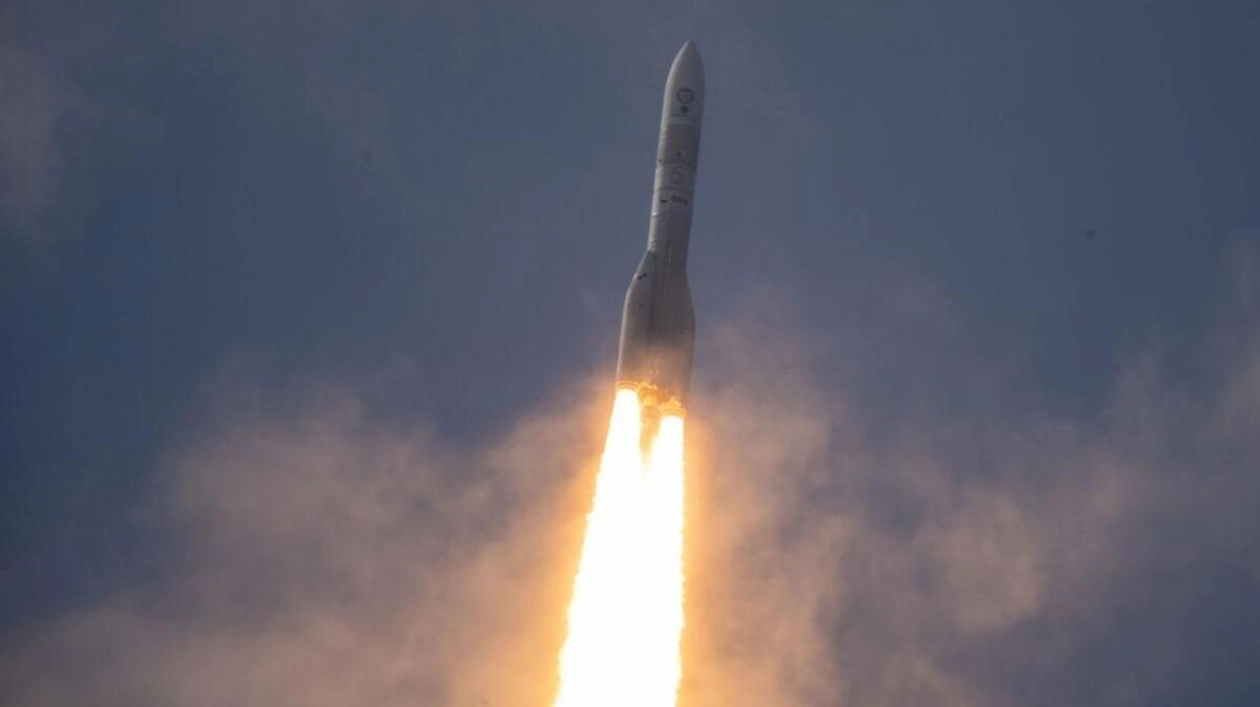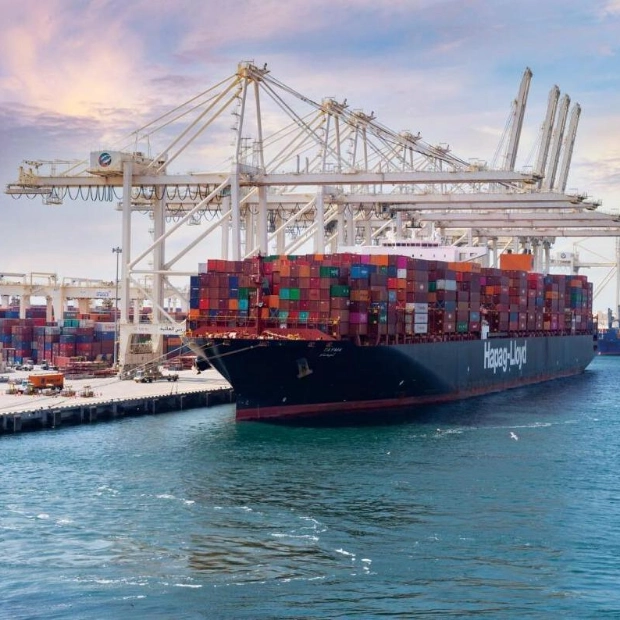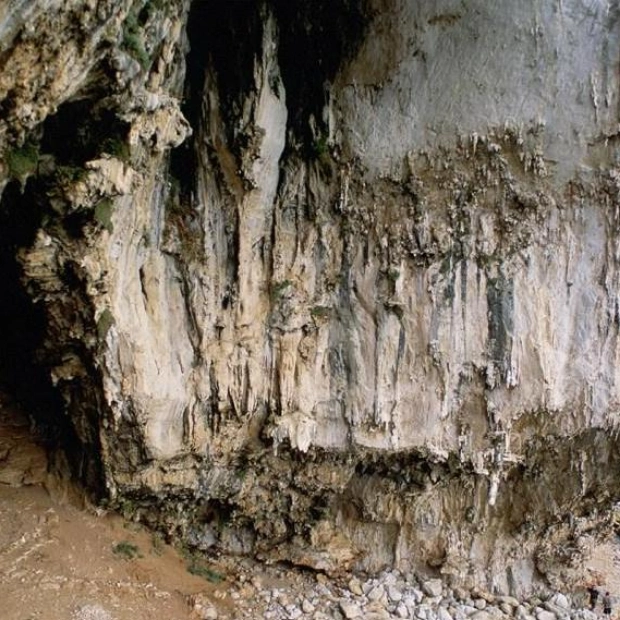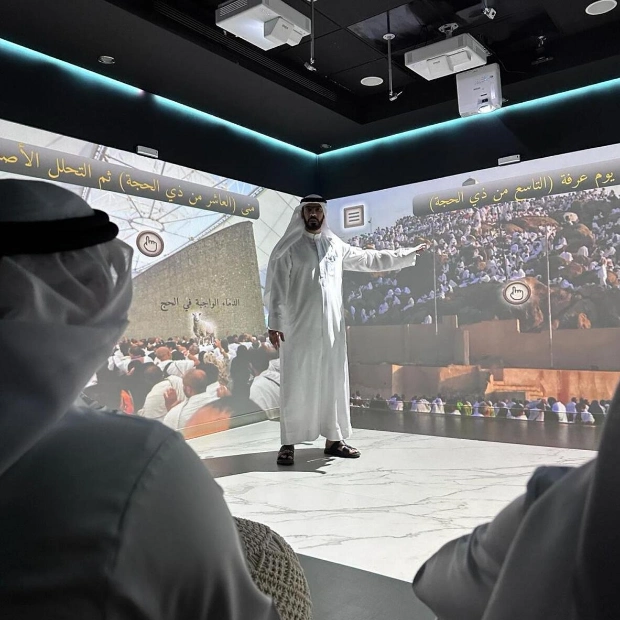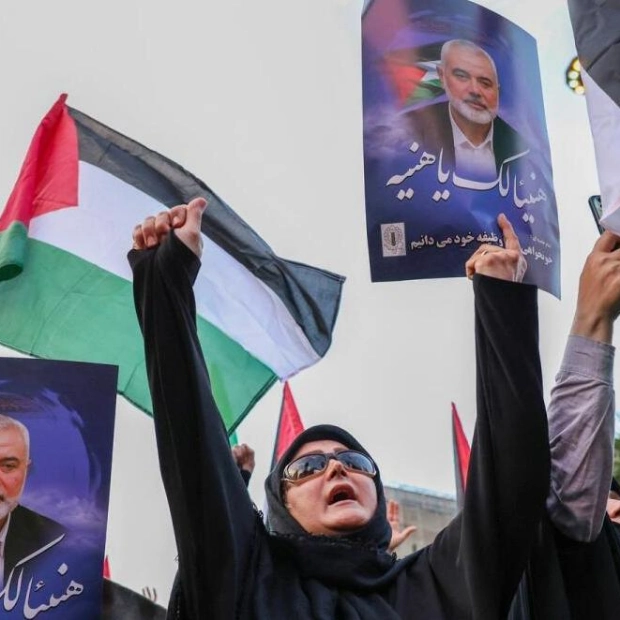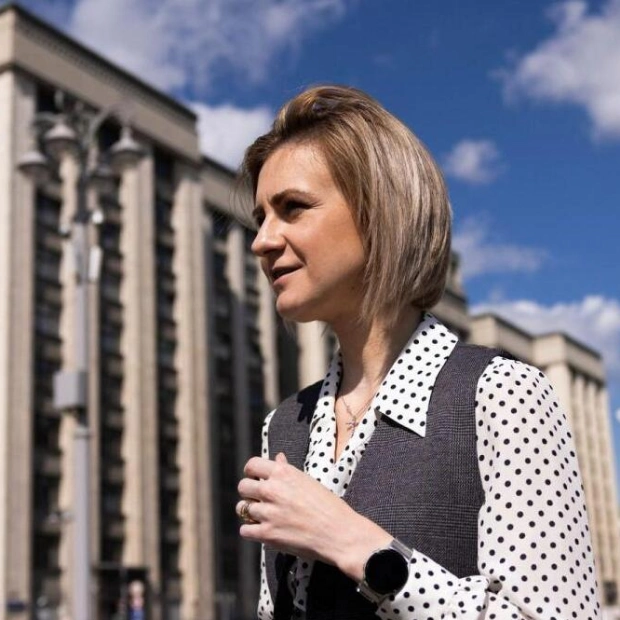Space leaders celebrated Europe's return to space following the successful trial run of the Ariane 6 rocket on Tuesday, although the mission concluded with the launcher orbiting without deploying its final payloads. Europe's latest unmanned rocket took off from French Guiana at around 4 p.m. local time (1900 GMT), watched by a Rafale fighter jet, marking the continent's resumption of independent space access after delays, political challenges, and funding debates. Despite not being a commercial venture, the flight successfully launched three sets of micro-satellites for research, leading European space officials to deem the inaugural flight a success.
"Europe is back in space," declared Philippe Baptiste, head of France's CNES space agency, via video link to the European Space Agency (ESA) in Paris, where employees and politicians applauded the launch. A significant milestone was reached when the Vinci engine, which powers the rocket's upper stage, was restarted in space for the first time. Designed to restart multiple times, this feature allows operator Arianespace to place payloads into various orbits. However, the third ignition was aborted due to a smaller power unit shutting down unexpectedly, preventing the release of the final payloads—two small capsules intended to test re-entry conditions.
"We encountered an anomaly... We likely won't complete this part of the mission as hoped," explained Tina Buchner da Costa, an Ariane 6 launch system architect. The malfunctioning auxiliary power unit is critical for the rocket's payload deployment capabilities. This failure, occurring late in the mission, will prompt an engineering review. ESA Director General Josef Aschbacher confirmed plans for a second flight by the end of the year. Developed at an estimated cost of 4 billion euros ($4.33 billion) by ArianeGroup, a joint venture of Airbus and Safran, Ariane 6's first launch, originally scheduled for 2020, faced multiple delays.
Since the retirement of the Ariane 5 rocket over a year ago, Europe has lacked an independent satellite launch capability, compounded by severed ties with Russian Soyuz rockets due to the Ukraine conflict and Italy's Vega C being grounded. "Ariane 6 is crucial for Europe's space aspirations," stated Toni Tolker-Nielsen, ESA's acting director of space transportation, emphasizing its role in sovereign space access for institutional and governmental missions, especially given current geopolitical tensions. Europe's temporary exclusion from the global space market was highlighted last year when agencies had to transfer some payloads to SpaceX's Falcon 9.
Ariane 6's development was spurred by a 2014 decision by ESA's 22 member states to create a rocket family in response to intense competition from Elon Musk's private space company. The United States and many other countries heavily rely on Falcon 9 for orbital access as satellite connectivity and data become increasingly integral to daily life. French Finance Minister Bruno Le Maire, part of President Emmanuel Macron's outgoing government, underscored the Ariane program's role as a symbol of European unity, stating, "With Ariane, we demonstrate that through determination and collective will, we can operate at the same level as China and the U.S."
However, European officials noted that it will take time for Ariane 6 to become economically viable, with backer nations recently agreeing to new financial support. "Ariane 6 is not yet fully competitive, but they aim to achieve that," said Ian Annett, former deputy CEO of the UK Space Agency. In a recent setback, Europe's weather satellite operator Eumetsat announced it would launch its next satellite on a Falcon 9 instead of the planned Ariane 6, sparking discontent among European officials and revealing underlying tensions about Europe's space goals. ESA is promoting small-launcher projects that could lead to a future private sector player. Ariane 6 has 29 missions planned over the next several years, aiming for up to 12 flights annually, including 18 launches for Amazon's Kuiper internet constellation.
